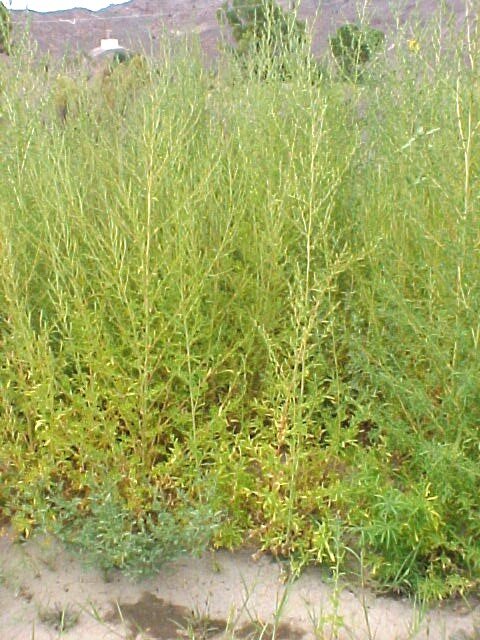Virtual Botanical Walk by Stallergenes/Greer. Easy way to see what pollens are released in different environments.
Allergens and Pollens of El Paso
View fullsize
![American Elm. Februrary pollen]()

American Elm. Februrary pollen
View fullsize
![Mulberry Tree. March/April Pollen]()

Mulberry Tree. March/April Pollen
View fullsize
![Mulberry blossoms grow in clusters called catkins. Catkins look like worms and are full of pollen.]()

Mulberry blossoms grow in clusters called catkins. Catkins look like worms and are full of pollen.
View fullsize
![Mulberry trees planted at schools. Worst pollinator of all the trees.]()

Mulberry trees planted at schools. Worst pollinator of all the trees.
View fullsize
![Pecan trees - May pollen. These are found in the Upper Valley.]()

Pecan trees - May pollen. These are found in the Upper Valley.
View fullsize
![Ash Trees - March/April pollen. Most popular tree being planted nowdays.]()

Ash Trees - March/April pollen. Most popular tree being planted nowdays.
View fullsize
![Willow trees - May pollen]()

Willow trees - May pollen
View fullsize
![Cottonwood Tree - April pollen. The "cotton" does not cause allergy. It is the microscopic pollen that does.]()

Cottonwood Tree - April pollen. The "cotton" does not cause allergy. It is the microscopic pollen that does.
View fullsize
![Mesquite tree - March/April pollen]()

Mesquite tree - March/April pollen
View fullsize
![Creosote weed. Fall pollen]()

Creosote weed. Fall pollen
View fullsize
![Bermuda grass. Elevated pollen early and late summer.]()

Bermuda grass. Elevated pollen early and late summer.
View fullsize
![Alfalfa - Summer pollen]()

Alfalfa - Summer pollen
View fullsize
![Firebush. Fall pollen]()

Firebush. Fall pollen
View fullsize
![Waterhemp - Fall pollen]()

Waterhemp - Fall pollen
View fullsize
![Western Ragweed - Fall pollen]()

Western Ragweed - Fall pollen
View fullsize
![Tumbleweed Fall Pollen. Once its dry it does not cause allergies.]()

Tumbleweed Fall Pollen. Once its dry it does not cause allergies.
View fullsize
![Dog Allergen is found mainly in the saliva and skin particles called dander.]()

Dog Allergen is found mainly in the saliva and skin particles called dander.
View fullsize
![Cat allergen. Very severe allergen for some patients.]()

Cat allergen. Very severe allergen for some patients.
View fullsize
![Dust Mites - Microscopic insect that lives in our bedding. As disgusting as these are it is not the insect that gives allergy, it is the feces.]()

Dust Mites - Microscopic insect that lives in our bedding. As disgusting as these are it is not the insect that gives allergy, it is the feces.
View fullsize
![Dust. Irritant which greatly affects allergy patients.]()

Dust. Irritant which greatly affects allergy patients.
